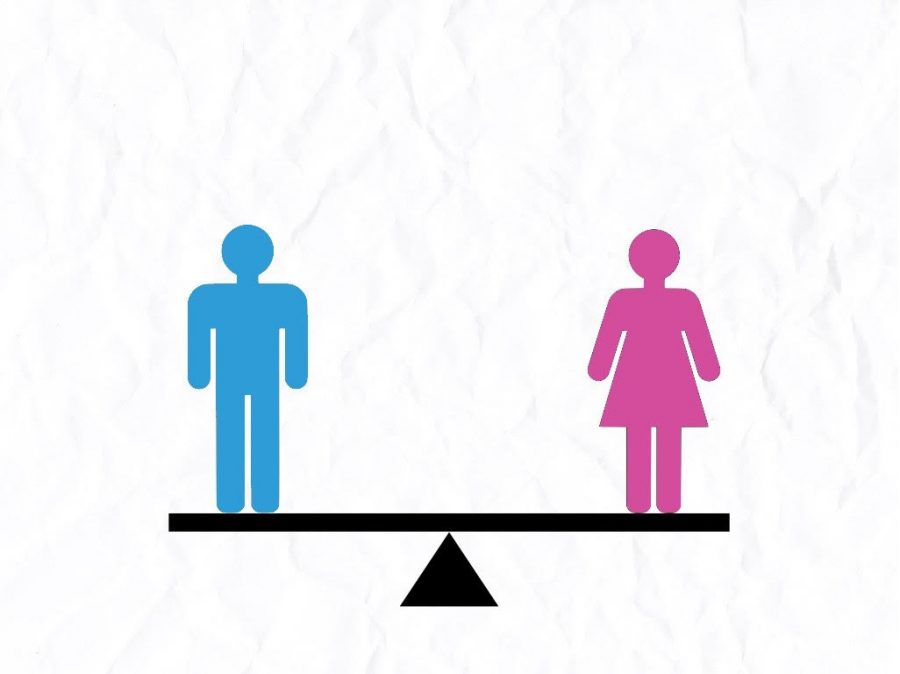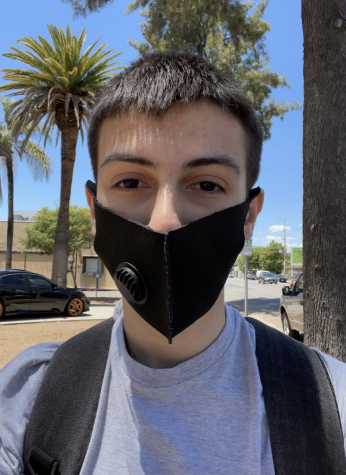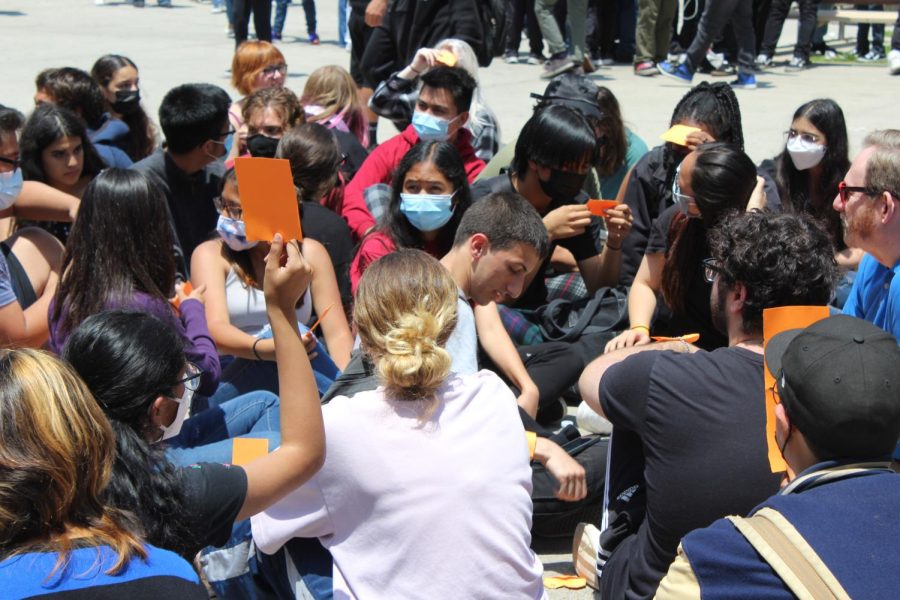Normally, our main safety concern at school is the usual fear of a school shooting. So I wasn’t even surprised or scared when I heard that there was a threat against the school in early December.
But imagine how shocked I was when I read our spotlight article on HER’d Club, in which club president, Crystal Stylc, expressed the following: “There have also been many cases where people have been sexually assaulted or harassed on campus, and nothing is being done about it.”
I’ve been thinking about this a lot, because to this point, I didn’t know that this was an actual issue on campus. Clearly something needs to be done. But where do we start?
First, It’s important to realize that in a perfect society, no one needs to be protected, because respecting people and not harassing them is the bare minimum expectations, both at school and in life. What’s holding us back from meeting those expectations are the old social norms that are being passed down to us from older generations.
Let me give you an example. How many times have you been told to “never give up”? This old saying has flaws, and teachers must inform students that there are exceptions to this. If you ask someone out and they say no, then the “never give up” mindset becomes problematic, because now you’re just harassing them.
We must dump these antiquated ideas as soon as possible, because they are harmful and simply cannot be allowed to exist.
Here are some other ways that we can help to curb harassment on our campus:
Research
Have you ever avoided a certain part of the school or the city because that place makes you feel unsafe or uncomfortable? Well, that’s one problem that needs to be solved, especially at a school site.
The people in power must use the technology that is available these days to collect enough feedback to identify the places that people generally avoid. This feedback can be used to conduct safety audits and inspections, in order to monitor and protect the areas where people feel least comfortable.
Many organizations already do this, like Women Friendly Cities Challenge, UN Women, and Metrac. We can really learn from them and follow a similar program on our campus.
More Training for Security & Police
Not every problem can be solved with research and education, so sometimes we need to allocate security in places where girls are more at risk. But what’s the point of security and police if they’ll just ignore harassment? That’s exactly why police officers and security guards must be trained on how to recognize harassment when they see it.
The current training time for police officers in the US is around 21 weeks, which is simply not enough. The training for police officers in European countries is much longer. With a solid training program, police, security guards, and other protective service providers will be able to respond effectively and not let these cases go unanswered.
Education
Like I said in the beginning, education works if it’s done right. Instead of putting up vague and useless anti-bullying posters with a bunch of resources, we must put up actual educational material, such as those that were promoted after the Sarah Everard case. These posts and posters explain in detail what must be done in order to avoid making people feel unsafe or uncomfortable.
Although we are doing better now than we have been in the past, harassment on our campus is still happening. While I was writing this article, I learned of a yet another sexual assault allegation that’s been going around campus, proving once again that we can and must do better.
After all, we’re talking about an issue that affects lots of people. So if the current system for dealing with harassment does not work, then we have to take a step back and see what we can actually do to solve it.












